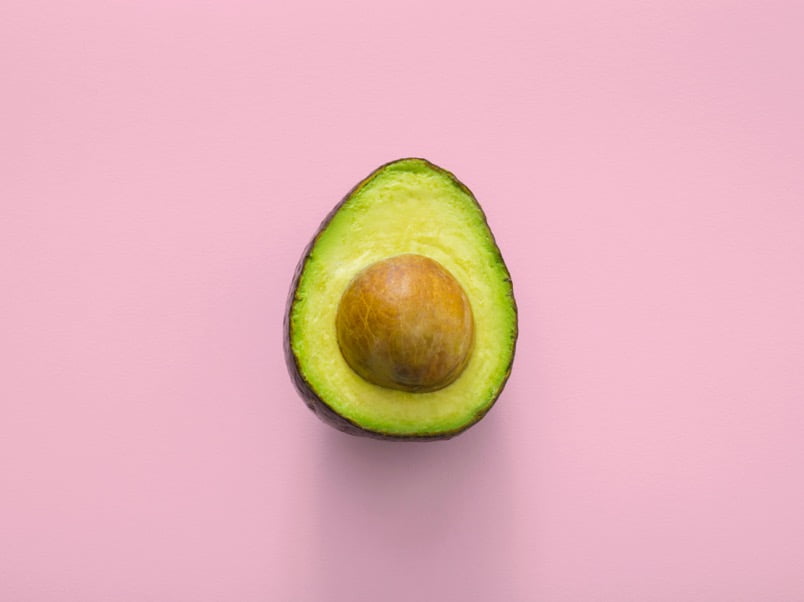An avocado is a creamy-textured, pear-shaped fruit known for its rich flavor. It has green, bumpy skin and a large seed in the center. Avocados are nutrient-dense, containing healthy monounsaturated fats, vitamins, minerals, and fiber. Common varieties include Hass, Fuerte, and Bacon. They are used in various culinary applications, such as salads, guacamole, and spreads. Avocados ripen after harvesting and offer a range of health benefits, making them a popular and versatile fruit.

Why Eat Avocado:
- Nutrient-Dense: Avocados are rich in essential nutrients, including healthy monounsaturated fats, vitamins (such as vitamin K, vitamin E, vitamin C, and various B vitamins), minerals, and dietary fiber.
- Heart-Healthy Fats: The monounsaturated fats in avocados are considered heart-healthy and may help lower bad cholesterol levels.
- Fiber Content: Avocados are a good source of dietary fiber, promoting digestive health and contributing to a feeling of fullness.
- Versatility in Cooking: Avocados are versatile and can be used in both savory and sweet dishes. They add creaminess and flavor to salads, sandwiches, wraps, and smoothies.
- Antioxidant Properties: Avocados contain antioxidants, including vitamin E, which help combat oxidative stress in the body.
- Weight Management: The combination of healthy fats and fiber in avocados may aid in weight management by promoting satiety.
- Blood Sugar Regulation: The fiber and monounsaturated fats in avocados may contribute to better blood sugar control.

How to Pick a Good Avocado:
- Color: Check the color of the avocado. While the specific hue depends on the variety, a ripe avocado is generally darker in color. However, the Hass variety will turn from green to purplish-black as it ripens.
- Texture: Gently squeeze the avocado. A ripe avocado should yield slightly to gentle pressure, indicating that it’s ready to eat. Avoid avocados that feel mushy or overly firm.
- Stem: If the avocado has a small stem, you can check its ripeness by removing it. If it comes off easily and is green underneath, the avocado is likely ripe. If it’s brown, it may be overripe.
- Size: Choose avocados that are plump and feel heavy for their size. This often indicates a good ratio of flesh to pit.
- Consistency: Ensure that the avocado has a consistent texture without significant dents or overly soft spots.

Remember that avocados continue to ripen after being picked, so if you buy a firmer one, you can speed up the ripening process by placing it in a paper bag with a banana or apple. Conversely, store ripe avocados in the refrigerator to slow down the ripening process.
Can’t figure out which fruit to munch on today? Let us help you out 🙂

[…] https://mosspedia.live/learn-a-new-fruit-every-day-kiwi/ Learn a New Fruit Every Day – Avocado https://mosspedia.live/learn-a-new-fruit-every-day-avocado/ […]